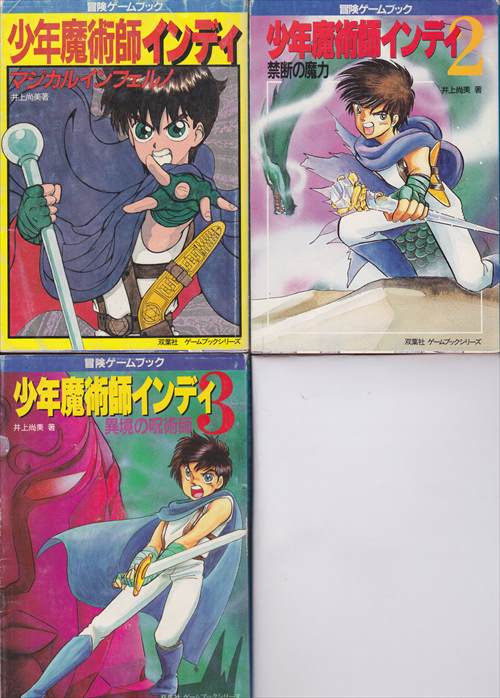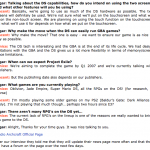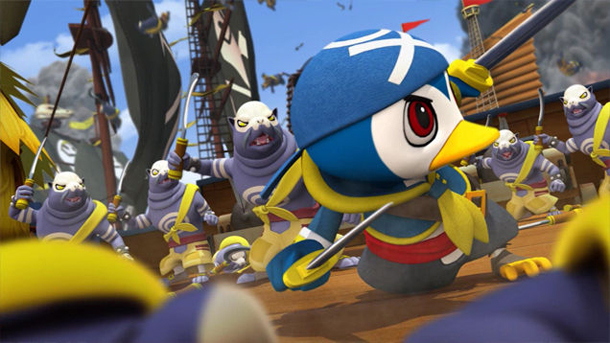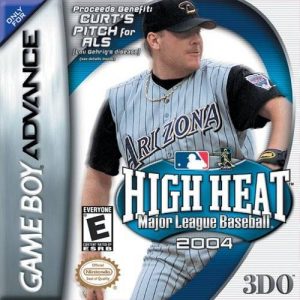Indy the Magical Kid (Shounen Majutsushi Indy – 「少年魔術師インディ」) is a cancelled Famicom (NES) turn-based RPG that was meant to be published by IGS Corp. Somehow it looks like a mix between Dragon Quest and Mother / Earthbound. Previews and screenshots from Indy the Magical Kid were published in many japanese gaming magazines at the time and some scans of those were gathered by Video Games Densetsu on their blog. Character designer for the heroes of the game was Hiroshi Fuji (mostly known for Valkyrie no Densetsu and Valkyrie no Bōken), while enemy design was by Yūichirō Shinozaki (mostly known for The Tower of Druaga and Baraduke)
Indy the Magical Kid was based on a short series of “choose your own adventure books” with the same title, published in Japan by Futabasha / Recca-Sha. By searching for more details about these gamebooks, it seems Indy the Magical Kid was written by the same author as the Final Fantasy 2 gamebook and fans feel the two interactive novels are quite similar.

These japanese adventure books were more complex than the average “choose your own adventure books”: other than choosing different choices at the end of each chapter to change the story accordingly, readers were also able to use dices and gather money, items and experience, that would be used to resolve combats and other key events.
As in most gamebooks Indy the Magical Kid had multiple endings depending on your choices, so we can assume that the Famicom game could also have offered many different endings and multiple storylines. The plot of the game would have probably followed the one seen in the books:
“During the absence of his master, Indy – an apprentice magician – has unlocked the seal of the “Magical Inferno” for curiosity. In order to escape from this world he will have to exterminate demons with the help of master’s cat Miau and another magical girl, using weapons, rods, magic-letters, and spirits’ protection.”
As noted by GDRI a short video of Indy the Magical Kid was shown during a Japanese TV Show titled “The TV Power” and it could have been developed by Graphic Research. Looking at this footage (re-uploaded on Youtube by Dosunceste) it seems that by using magic portals players were able to jump into different parallel dimensions of the same world in which NPCs, cities and dungeons were slightly different from each other.
Images:
Videos:






